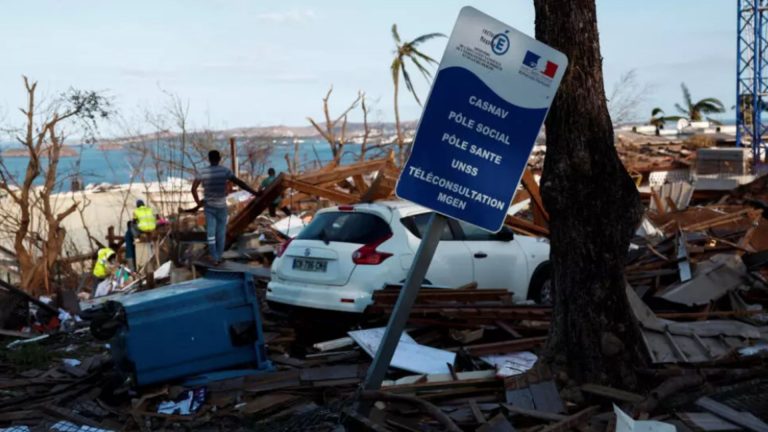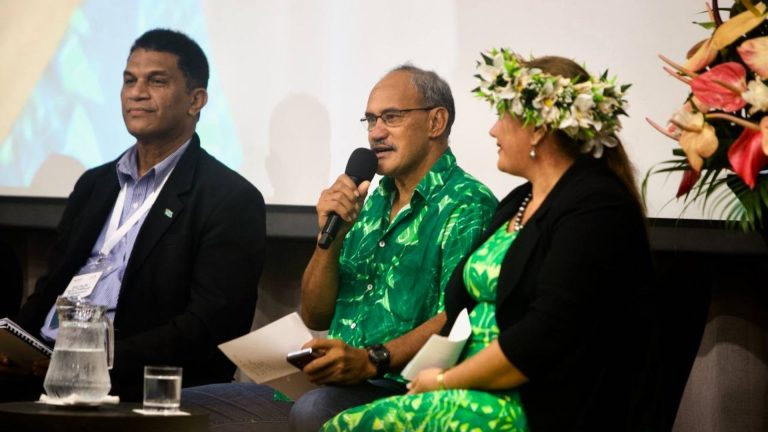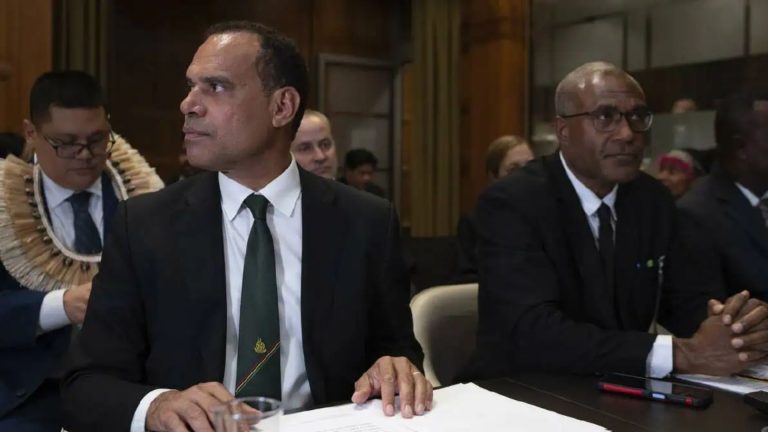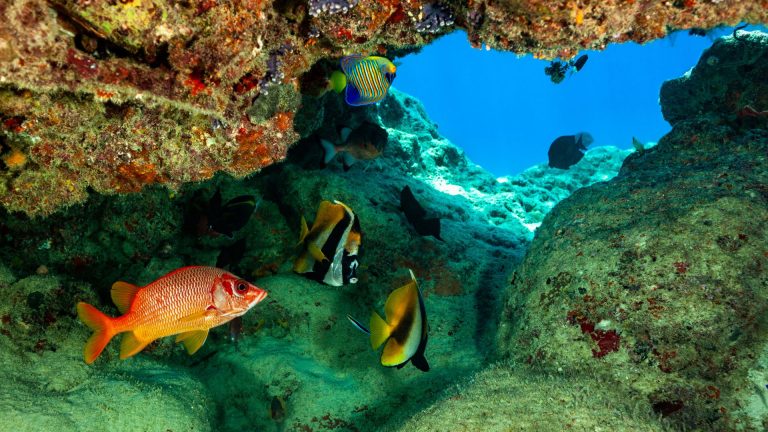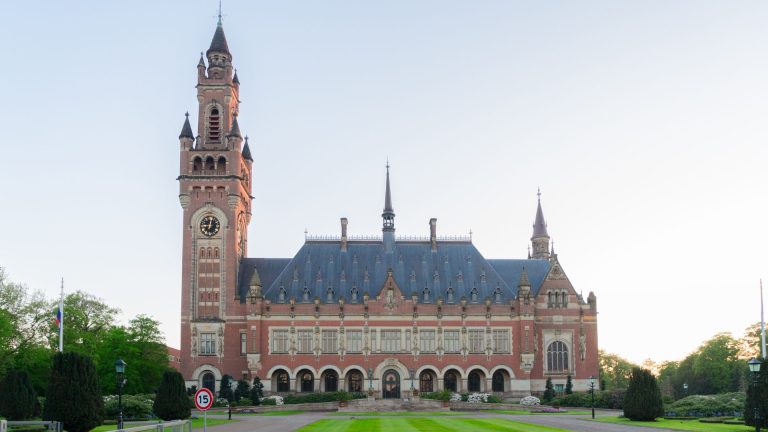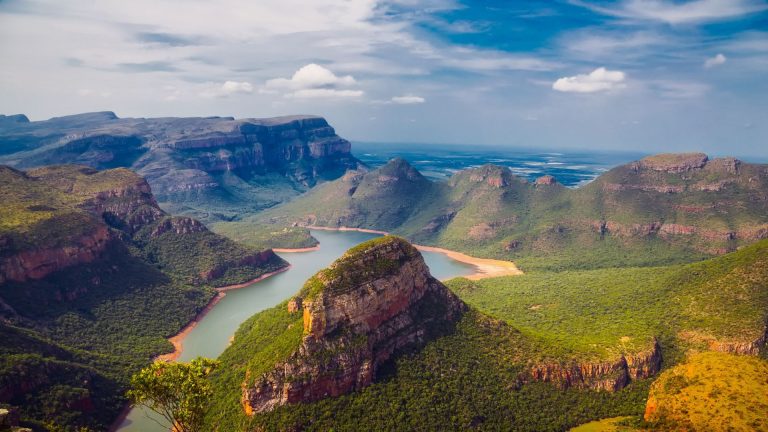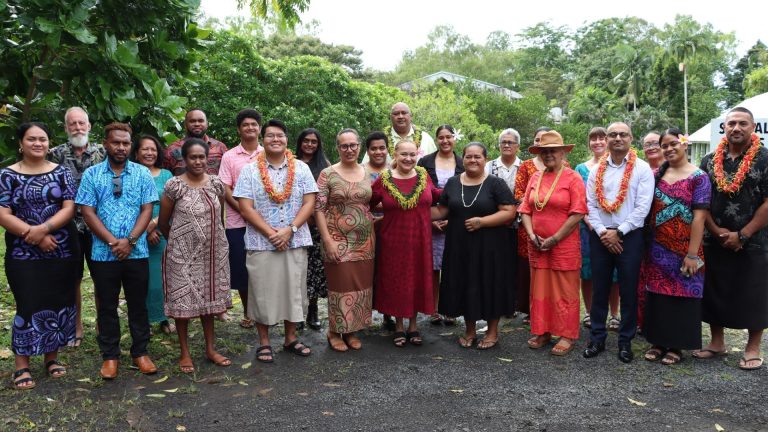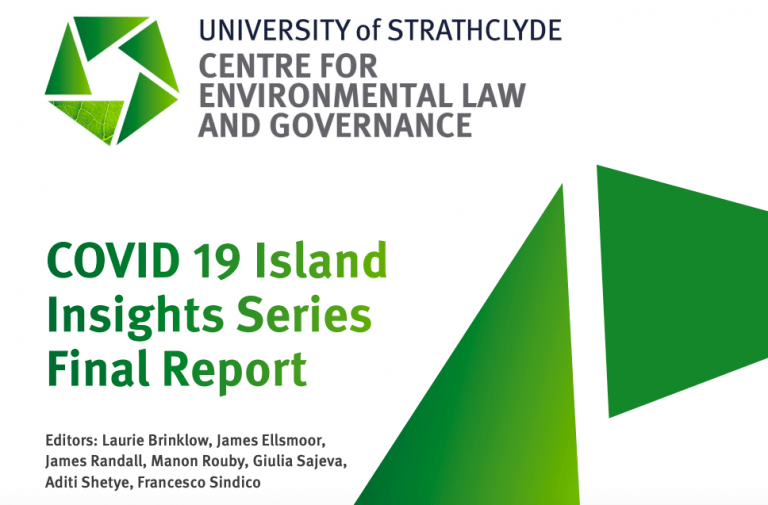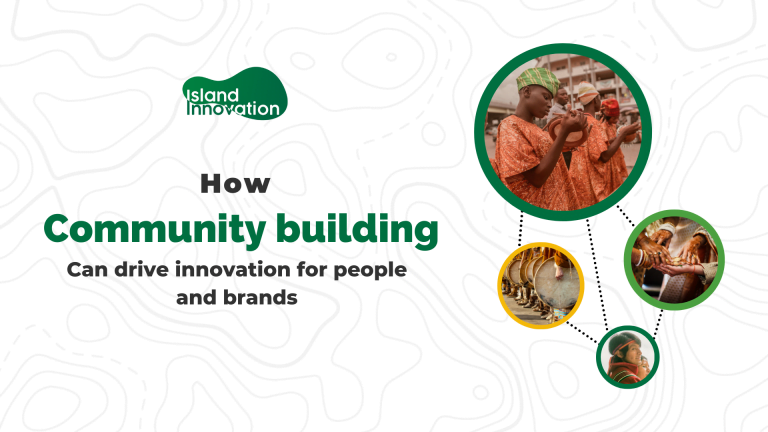Photo credit: ILO. Retrieved from devpolicy.org
Excerpt from devpolicy.org
“Climate displacement of populations is the main feature of our future. We have to be ready for it and plan for it now.” So said Vanuatu’s Minister for Climate Change, Ralph Regenvanu, when he took office in 2022.
The reality of any relocation in Vanuatu is that it is mostly carried out in the context of kastom (community-based culture), as 97% of land in Vanuatu is under customary tenure. The state’s role in managing disaster-induced displacement is nuanced owing to its overlap with customary institutions serving a similar function. Cultural systems must therefore be effectively integrated if disaster risk management is to be successful.
In Vanuatu, one of the nations most vulnerable to natural disasters, displacement is increasing as tropical cyclones get stronger and extreme rainfall events become more common. Volcanic eruptions also cause displacement. For example, owing to the eruptions of the Manaro volcano between 2017 and 2019, the entire population of Ambae island was evacuated twice. On Ambrym and Tanna islands, volcanic ashfalls have forced communities to migrate to commercial centres or neighbouring islands.


